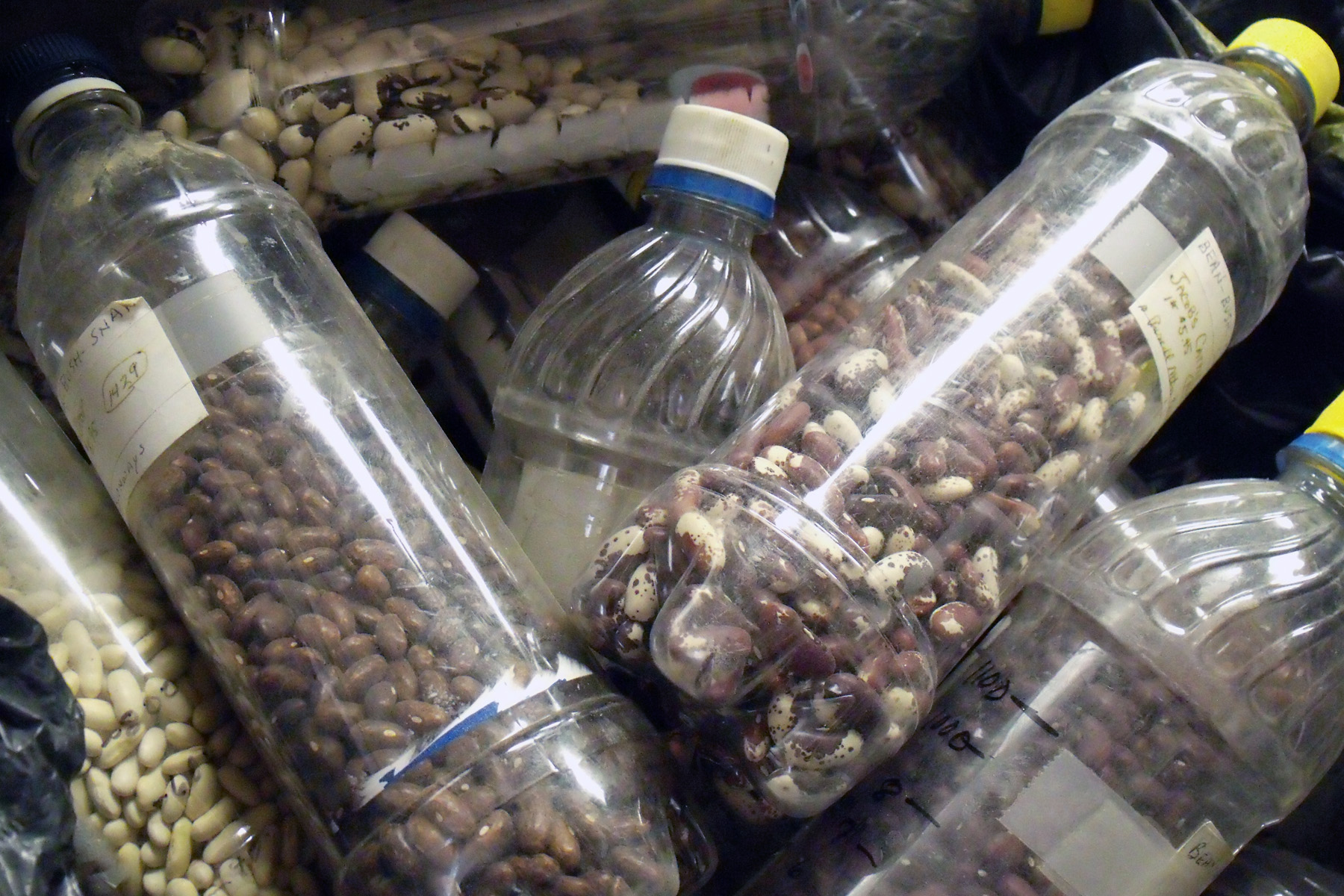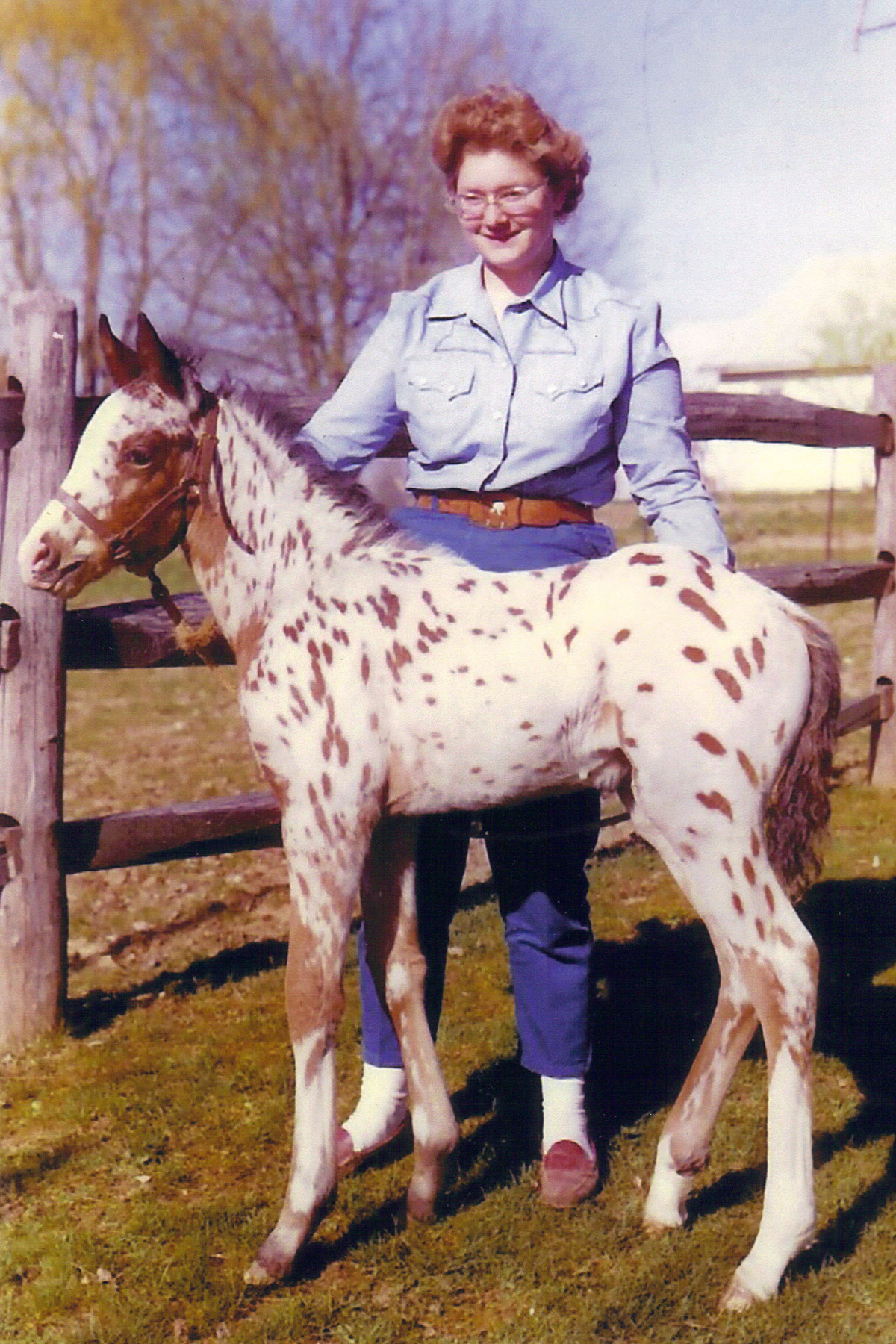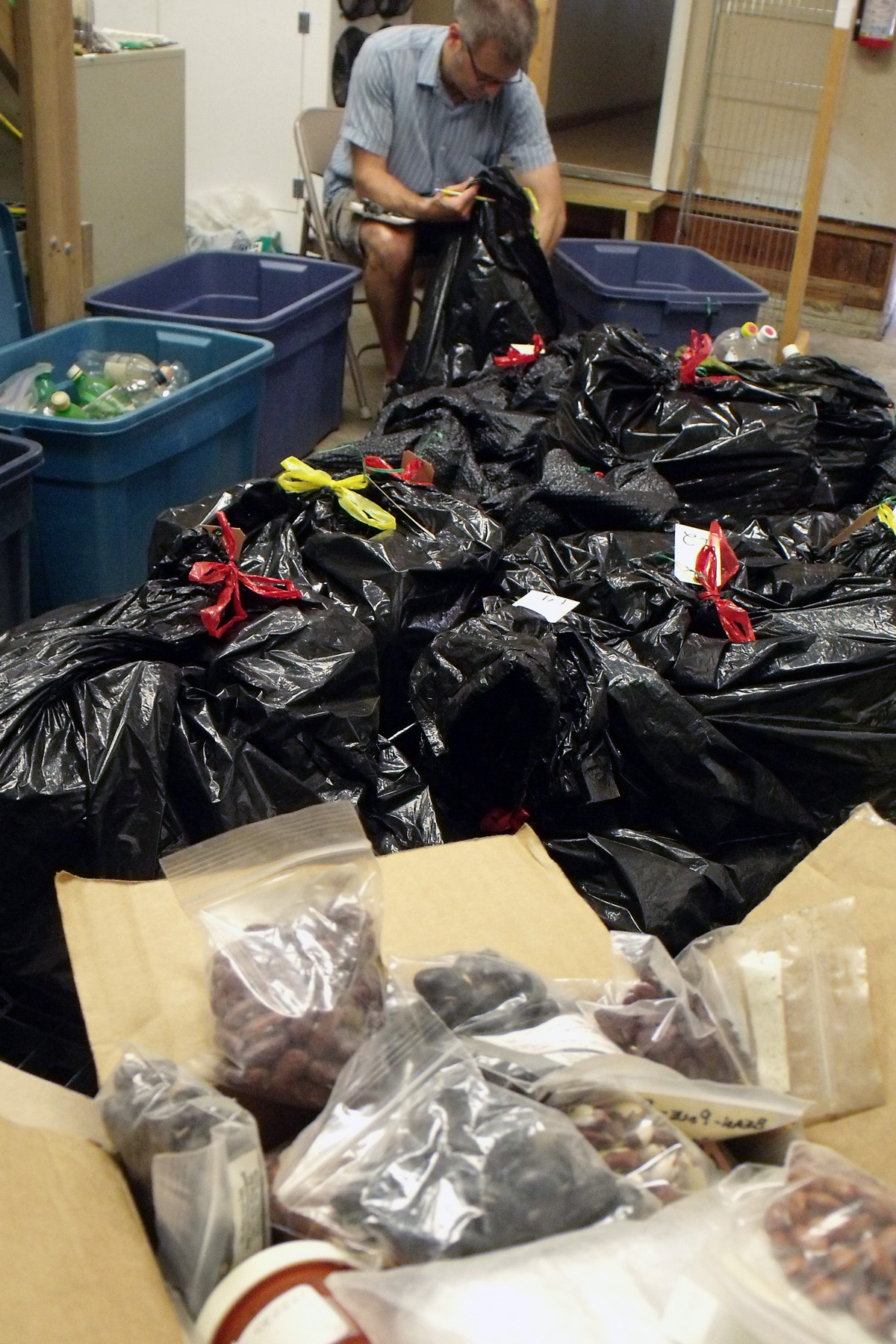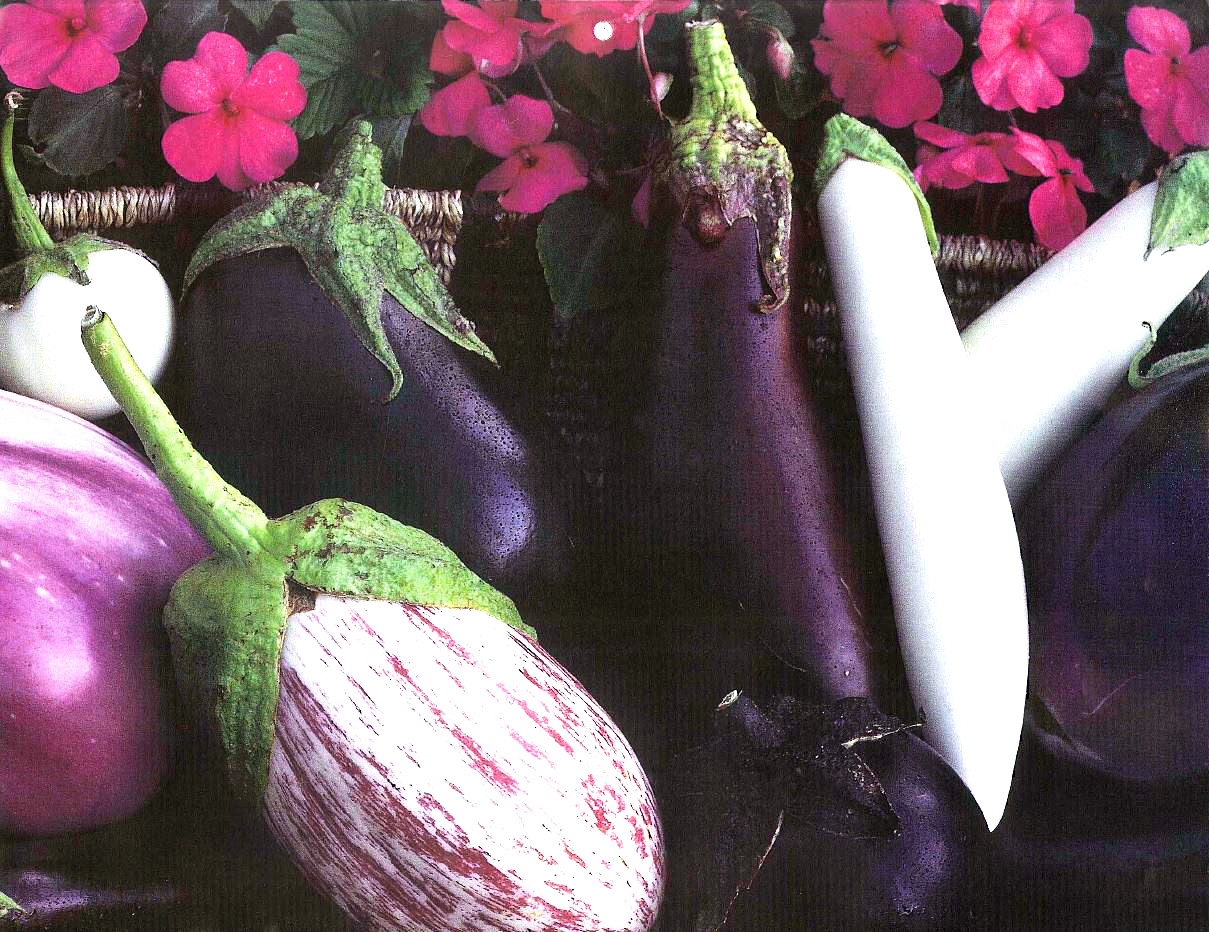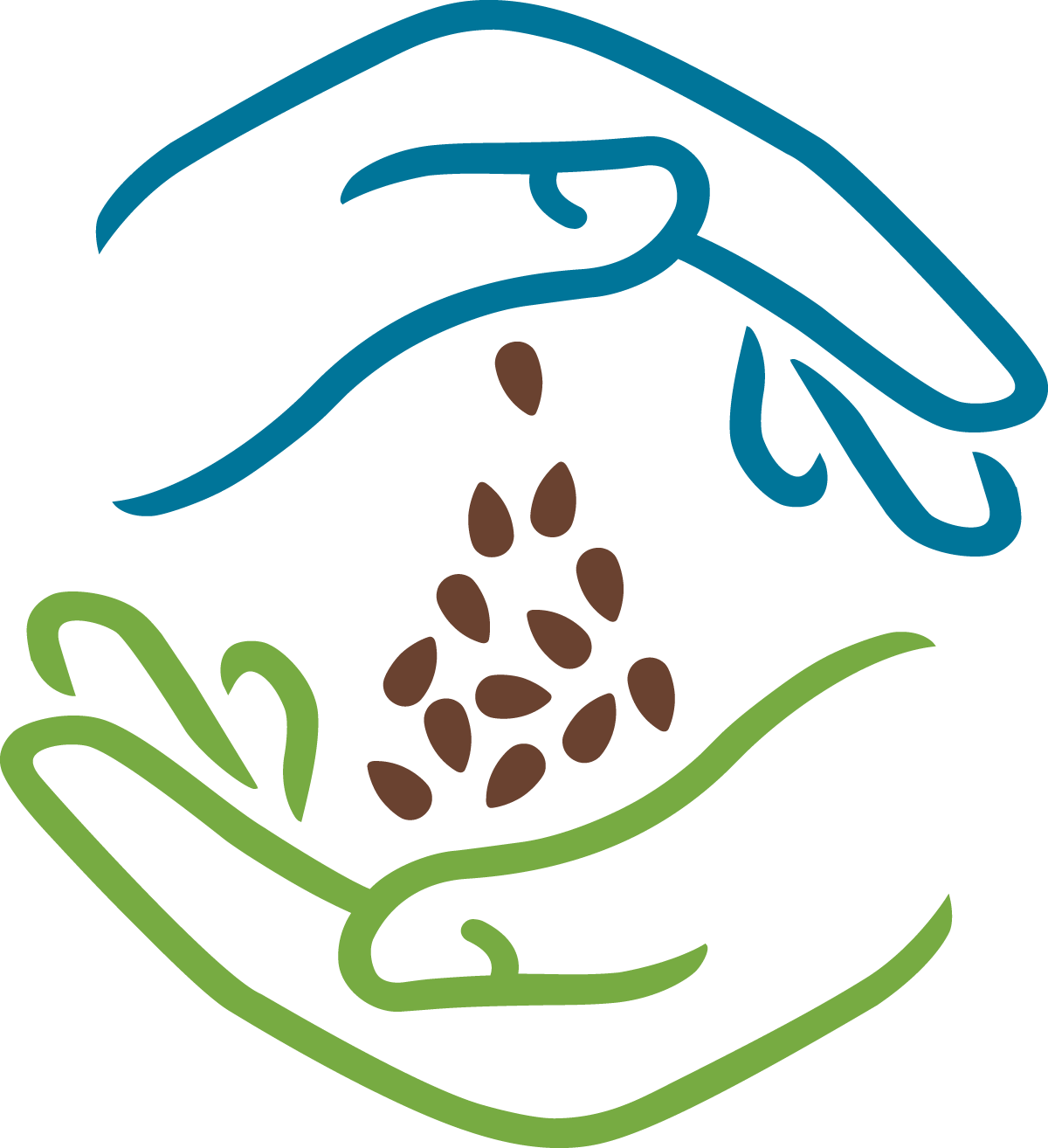My Internship at Seed Savers Exchange
/*We are now accepting internship applications for the 2014 season.*Click here for details.
By Talinna Appling
I discovered my passion for growing plants after spending a summer working for a local nursery in Helena, MT as a teenager. Several years later I decided I wanted to continue my quest for plant knowledge, and I enrolled in the Sustainable Foods and Bioenergy Systems program at Montana State University. It wasn’t until recently, however, that I developed an interest in saving seeds and seed production after picking up a copy of Suzanne Ashworth’s book Seed to Seed. When the time came to choose an organization to satisfy the internship requirement for my degree, I looked to Seed Savers Exchange (SSE). With the help of Tim Johnson (Seed Bank Manager at SSE), the arrangements were soon made and I headed to Decorah, Iowa for a five-week immersion in seed-saving.
I arrived about a week before the annual conference—which I soon found out was a three-day gathering of dedicated seed savers from around the U.S. It was inspiring to be among so many people who were as crazy about plants as I am. For me, the highlight of the conference was helping with Mary Ann Fox’s bean collection legacy distribution (read about it here), of which I committed to growing, saving, and sharing four of her varieties. Needless to say the conference was an incredible experience that I was thankful to be a part of!
The main objective of my internship, however, was to learn how to hand pollinate (HP) corn and squash.
In order to save pure seed from corn, the ears have to be bagged before they push silks out to prevent cross-pollination with other varieties. These bagged ears are checked daily until the silks emerge. Once the silks emerge, the tassels get bagged so that pollen can be collected the following morning. Pollen from dozens of tassels of a single variety are sifted and combined to ensure the subsequent seeds carry the traits of multiple plants. About a teaspoon of pollen is then poured onto the exposed silks of each bagged ear. The ears are quickly re-bagged after pollination and remain covered until harvest time. In a population of 300 plants per variety, SSE’s goal is to obtain at least 200 ears of corn. Corn HP is a hard job that often left me covered in pollen and rashes, but it was rewarding to know that I was helping to preserve varieties that may otherwise be lost.
Squash HP isn’t as complicated as corn, but still requires a bit of work. The process starts in the late afternoon with the search for male and female flowers. Staff members scout for closed flowers with yellowing corollas, a sign that they will open the next day. These are pinned shut to prevent insect visitors from pollinating the flowers. To reduce the chance of spreading disease, pollination starts after the dew has dried the following morning. At SSE, three male flowers are used to pollinate each female to ensure good fertilization and a mix of genetics in the resulting seeds. The males are collected and their petals removed to pollinate the females, which are then taped shut and labeled. Trying to do all this before a bee comes along can be a challenge!
During my internship I also helped in the diversity garden, weeding and pruning plants alongside SSE Co-Founder Diane Ott Whealy (an unexpected treat!), helping with plant evaluations and taste testing (perhaps the best job at SSE!), germination testing (there’s much more to it than you’d think), and inventorying seed in the seed lab. The last week of the internship was set aside for me to reflect upon what I had learned and to develop a display for the diversity garden that communicated the techniques of squash HP.
[uds-billboard name="talinnas-squash-display"]
My internship at SSE was an invaluable learning experience. Being able to see the many different aspects of the organization was a fun and helpful way to learn about seed saving and the role that SSE has played in preserving our agricultural heritage. The staff members are all fantastic, fun, and dedicated people who were excited to help me learn everything I could while I was there. Seed production is an often overlooked aspect of agriculture and saving seeds is an important skill for anyone wanting to garden more sustainably. More importantly, seed saving and sharing is a great way to bring families and communities together and re-establish local food systems. If you are a student who is interested in sustainable agriculture, I would highly recommend learning how to save your own seeds and to consider SSE’s internship opportunities.
If you are interested in pursuing an internship with Seed Savers Exchange, contact Renata Christen at renata@seedsavers.org for more information.
Seed Savers Exchange is a non-profit organization dedicated to conserving and promoting America’s culturally diverse but endangered garden and food crop heritage for future generations by collecting, growing, and sharing heirloom seeds and plants.

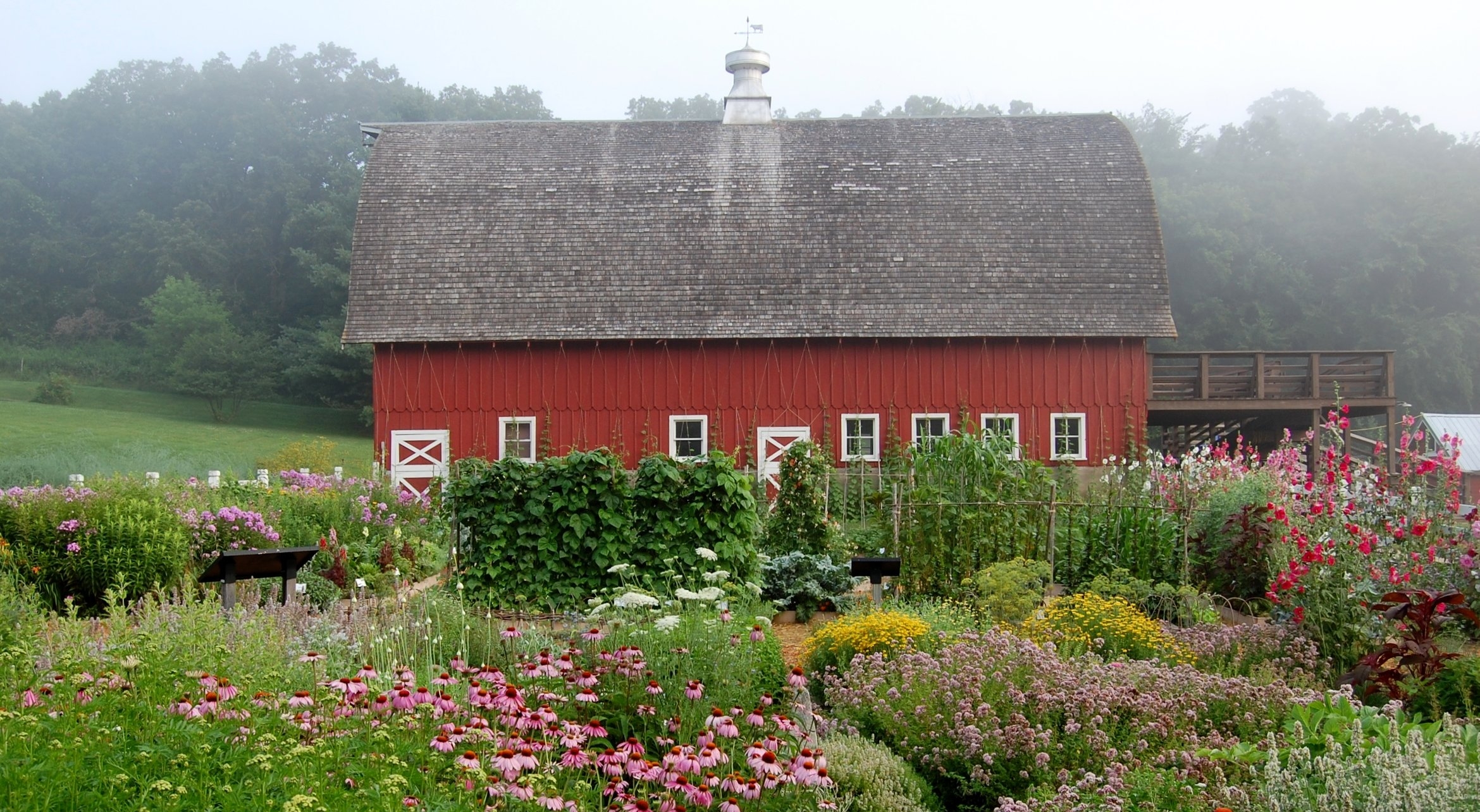




 Decorah, IA— Seed Savers Exchange (SSE), the nation’s leading nonprofit organization dedicated to saving and sharing heirloom seeds, is pleased to announce the appointment of Lynne Rilling as the nonprofit’s Deputy Director - Administration. This is a new position created by the Board of Directors to respond to the growth the organization has achieved over the last few years.
A Certified Public Accountant, Rilling received her B.A. at Upper Iowa University. She has extensive business and management experience, having served as controller/General Manager of Hotel Winneshiek as well as an accountant with Hacker Nelson & Co. Hired by Seed Savers Exchange in October 2011 as the chief financial officer, serving both as corporate treasurer and chief accountant, Rilling’s additional responsibilities will include management of human resources and the operation of the Lillian Goldman Visitor Center.
Decorah, IA— Seed Savers Exchange (SSE), the nation’s leading nonprofit organization dedicated to saving and sharing heirloom seeds, is pleased to announce the appointment of Lynne Rilling as the nonprofit’s Deputy Director - Administration. This is a new position created by the Board of Directors to respond to the growth the organization has achieved over the last few years.
A Certified Public Accountant, Rilling received her B.A. at Upper Iowa University. She has extensive business and management experience, having served as controller/General Manager of Hotel Winneshiek as well as an accountant with Hacker Nelson & Co. Hired by Seed Savers Exchange in October 2011 as the chief financial officer, serving both as corporate treasurer and chief accountant, Rilling’s additional responsibilities will include management of human resources and the operation of the Lillian Goldman Visitor Center.
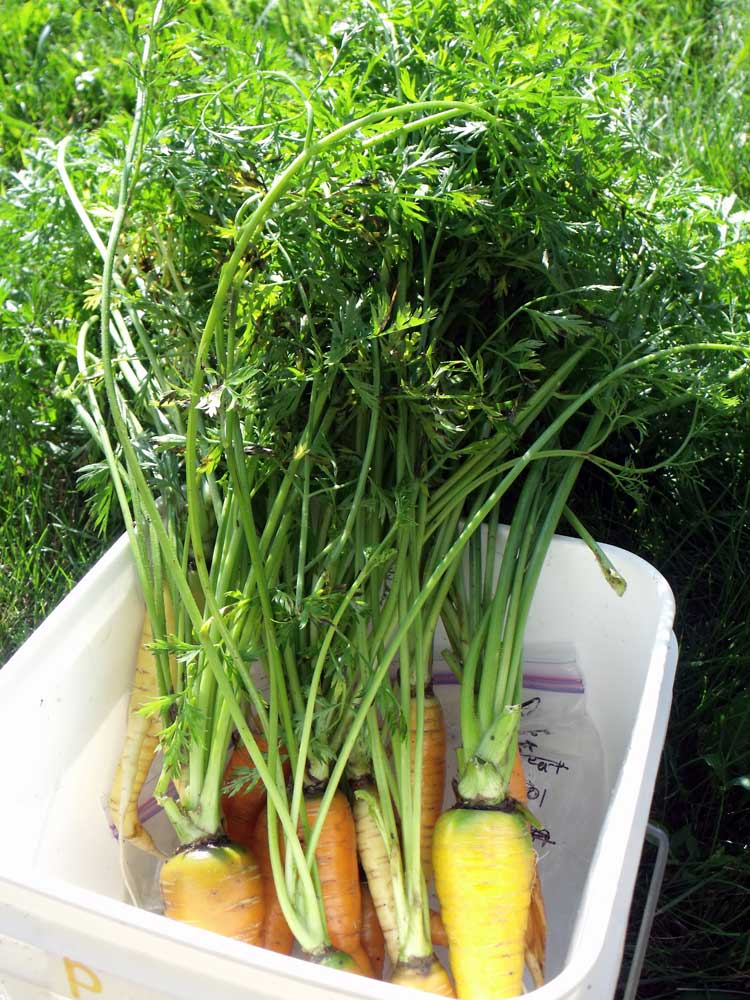
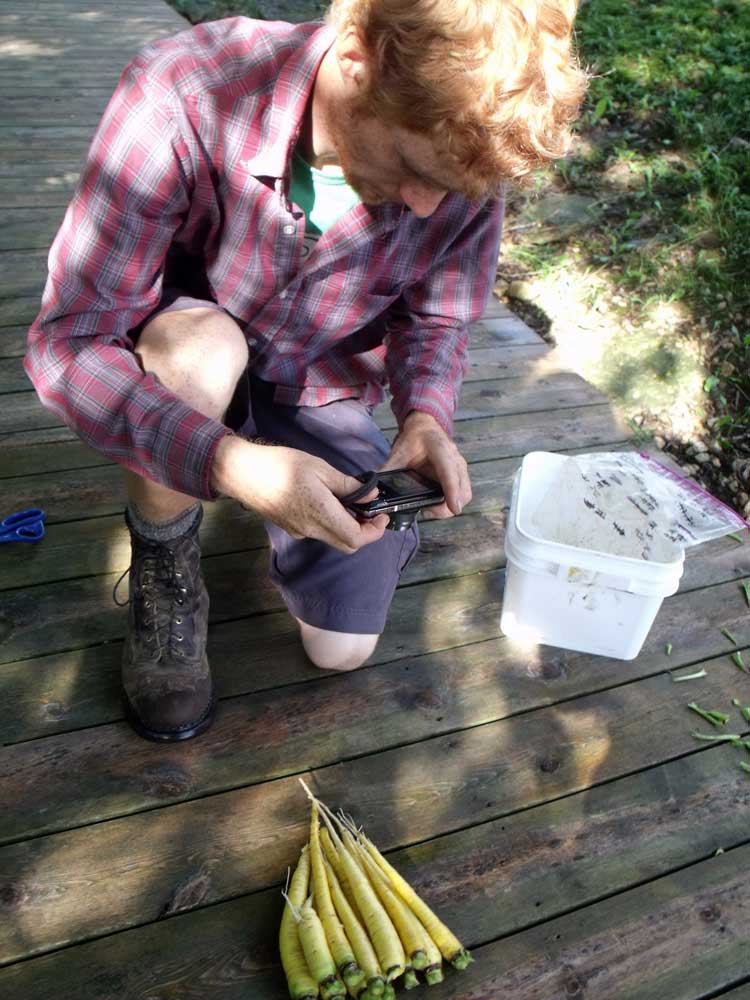
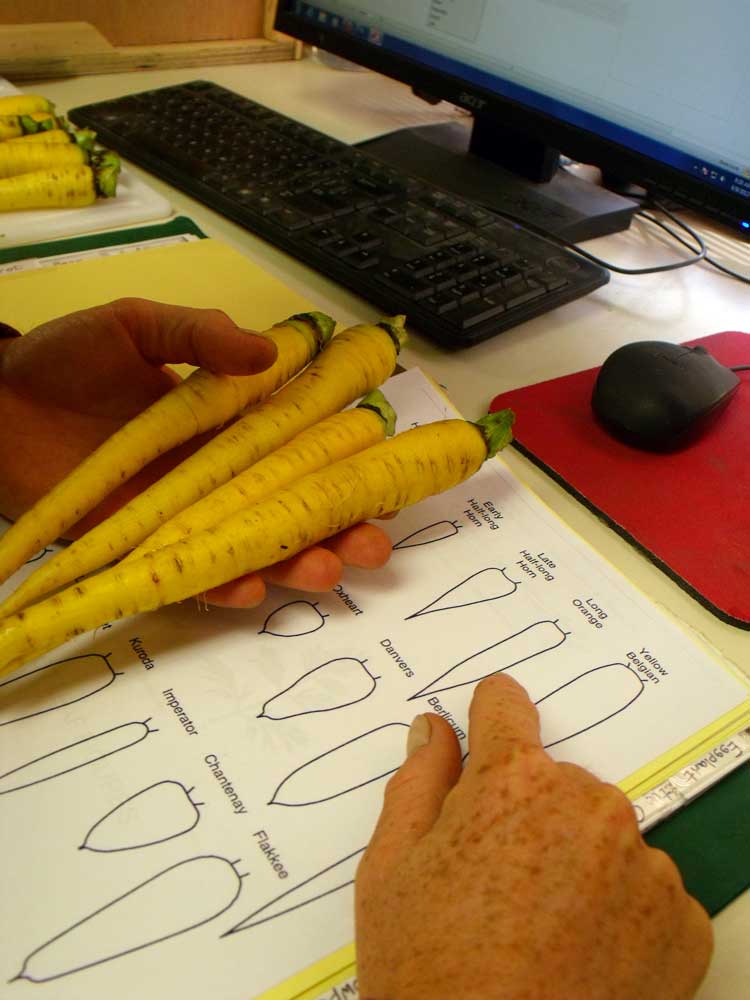

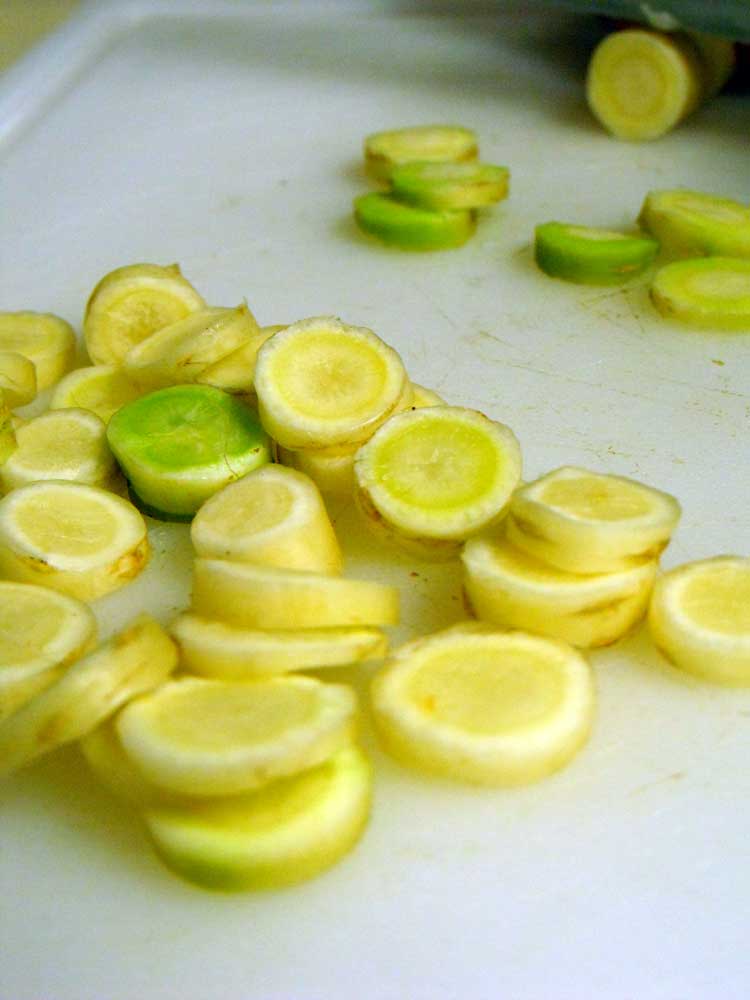
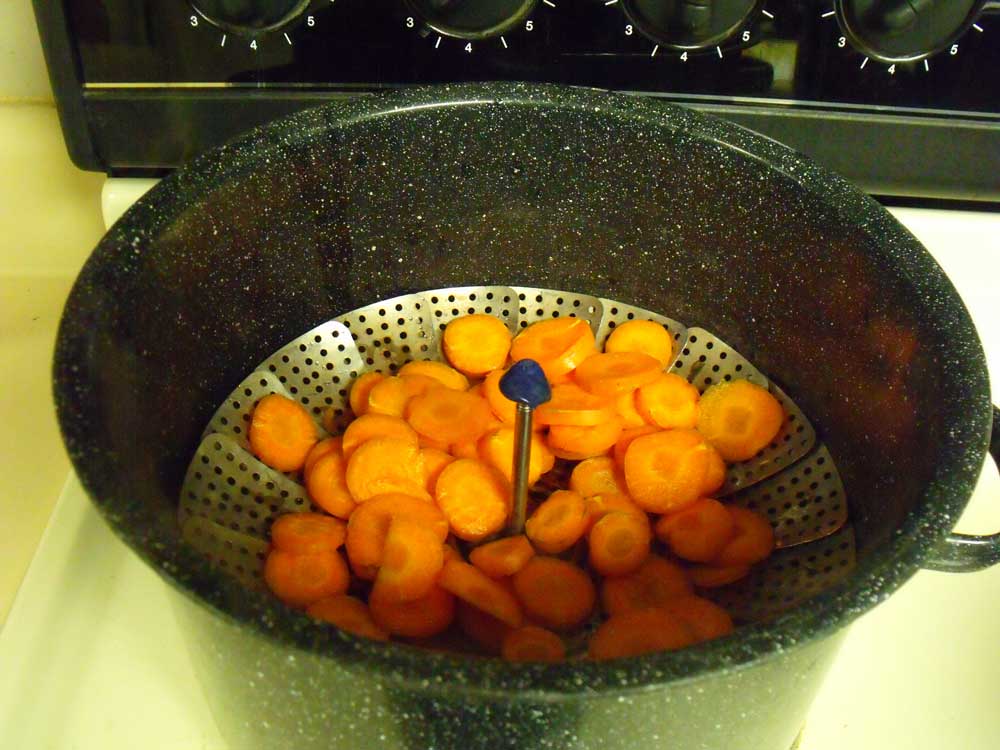
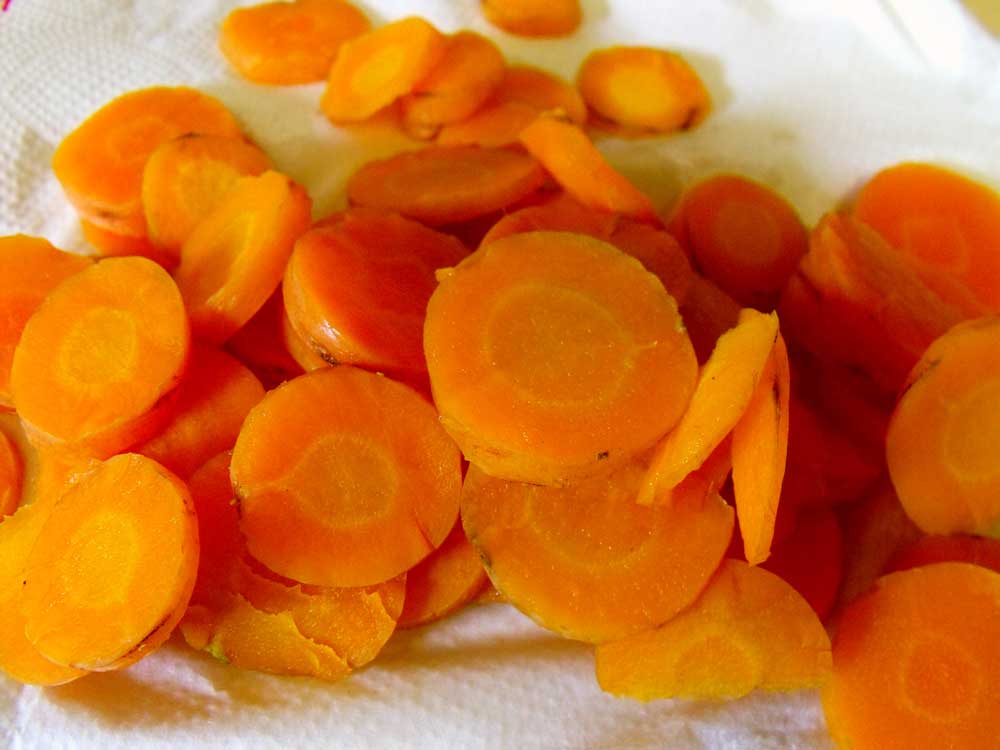




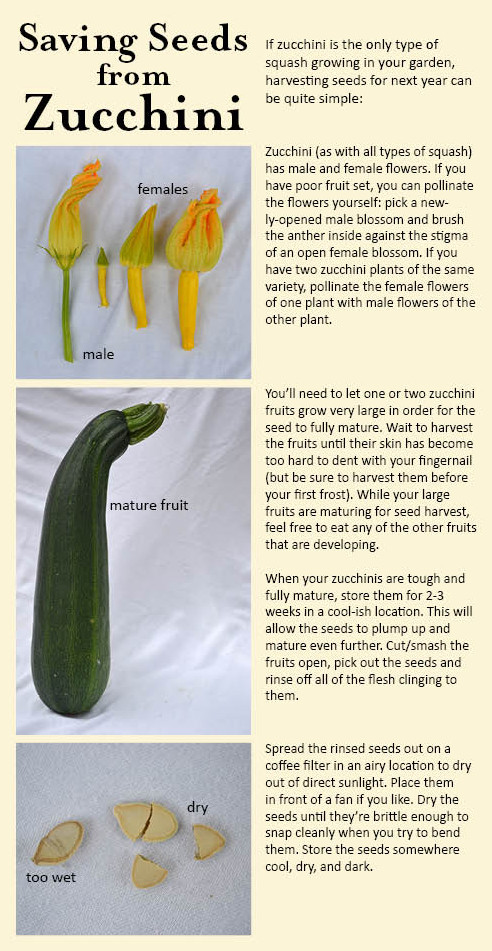

 At this year's 33rd Annual Conference and Campout, Seed Savers Exchange (SSE) was more than happy to welcome back a long-time friend, Gary Paul Nabhan. Gary has been a supporter of Seed Savers Exchange going back to before 1980, and has since appeared at numerous SSE Conference and Campouts. Having recently published a book titled "Growing Food in a Hotter, Drier Land," he spoke this year about climate uncertainty becoming the new normal and the importance of adapting our food systems to a changing climate.
Stressing the importance of agrobiodiversity in mitigating the effects of climate change, the Ecumenical Franciscan brother led Conference attendees in a renewal of their vows—to seeds. Repeating after him, the crowd recited:
At this year's 33rd Annual Conference and Campout, Seed Savers Exchange (SSE) was more than happy to welcome back a long-time friend, Gary Paul Nabhan. Gary has been a supporter of Seed Savers Exchange going back to before 1980, and has since appeared at numerous SSE Conference and Campouts. Having recently published a book titled "Growing Food in a Hotter, Drier Land," he spoke this year about climate uncertainty becoming the new normal and the importance of adapting our food systems to a changing climate.
Stressing the importance of agrobiodiversity in mitigating the effects of climate change, the Ecumenical Franciscan brother led Conference attendees in a renewal of their vows—to seeds. Repeating after him, the crowd recited:


